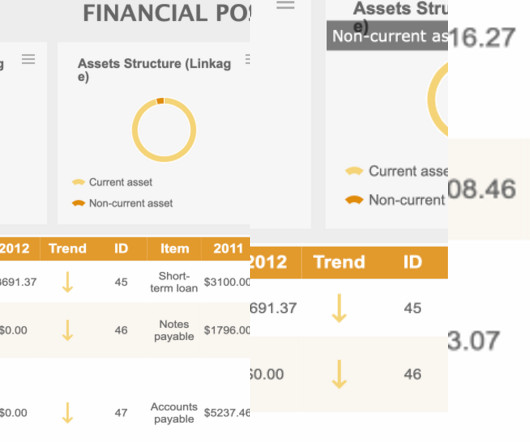Beyond the hype: Do you really need an LLM for your data?
CIO Business Intelligence
FEBRUARY 6, 2025
They promise to revolutionize how we interact with data, generating human-quality text, understanding natural language and transforming data in ways we never thought possible. Tableau, Qlik and Power BI can handle interactive dashboards and visualizations. This article reflects some of what Ive learned. And guess what?















Let's personalize your content